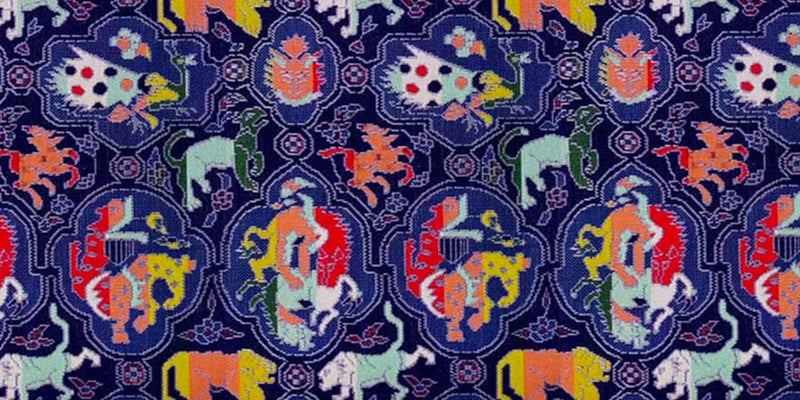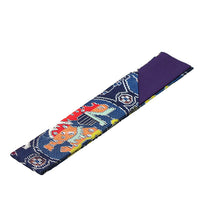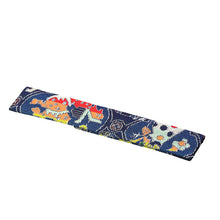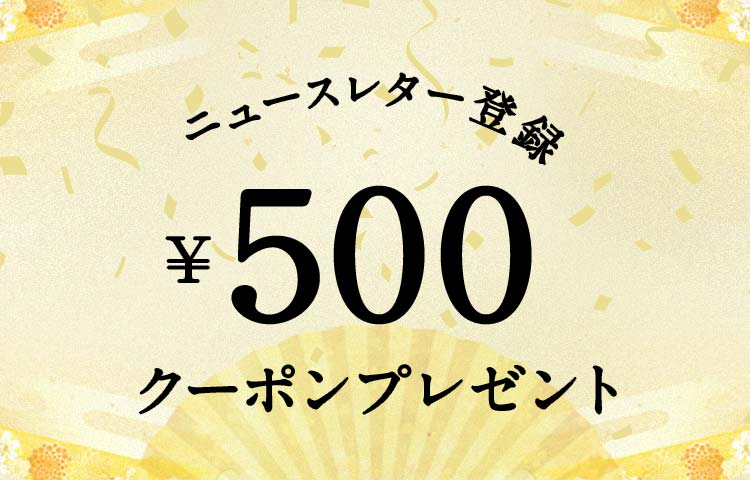Detail
| Product : | Skewer Holder (Tea Ceremony Goods) (Shikami Choju-mon Nishiki) |
|---|---|
| Type : | 楊枝入 |
| Size (cm) : | W2.0×H10.5 |
| Tags : | 130th anniversary object-3、 Pattern: brocade with design of lion biting birds and animals、 Tea utensils、 Toyotomi Hideyoshi、 battle surcoat、 高台寺、 |
| Other : | The pattern may be different from the image shown due to the cutting process. Please understand this in advance. |
Reviews
Description
Holding a skewer for eating moist WAGASHI. Good item when attending tea ceremony.
Patterns
Shikami Choju-mon Nishiki(Brocade with Biting Lions, Birds, and Miscellaneous Animal Pattern)

The original design is from the coat-of-arms kept at Kodai-ji Temple, Kyoto, Japan which is said to have been worn by Hideyoshi Toyotomi (1536-1598 A.D.). The fabric used is a silk tapestry and was made in Persia during the Safavi Dynasty (1502-1736 A.D.).
The pattern of the hunting lion is peculiar to the Scythian in Siberia, the outlines enclosing each motif are of the Mohammedan culture in the medieval ages, and the design of the peacock is influenced by the Indian culture. The skilful technique to weave the patterns into the tapestry is considered to have been brought from China, and the Persian braid threads are used in the original. Thus, the original piece is very unique to prove the flow of cultures of the East and the West in the old days.
A work of refined art was arranged into our warp-patterned brocade depicting the original atmosphere of exotic mood.











